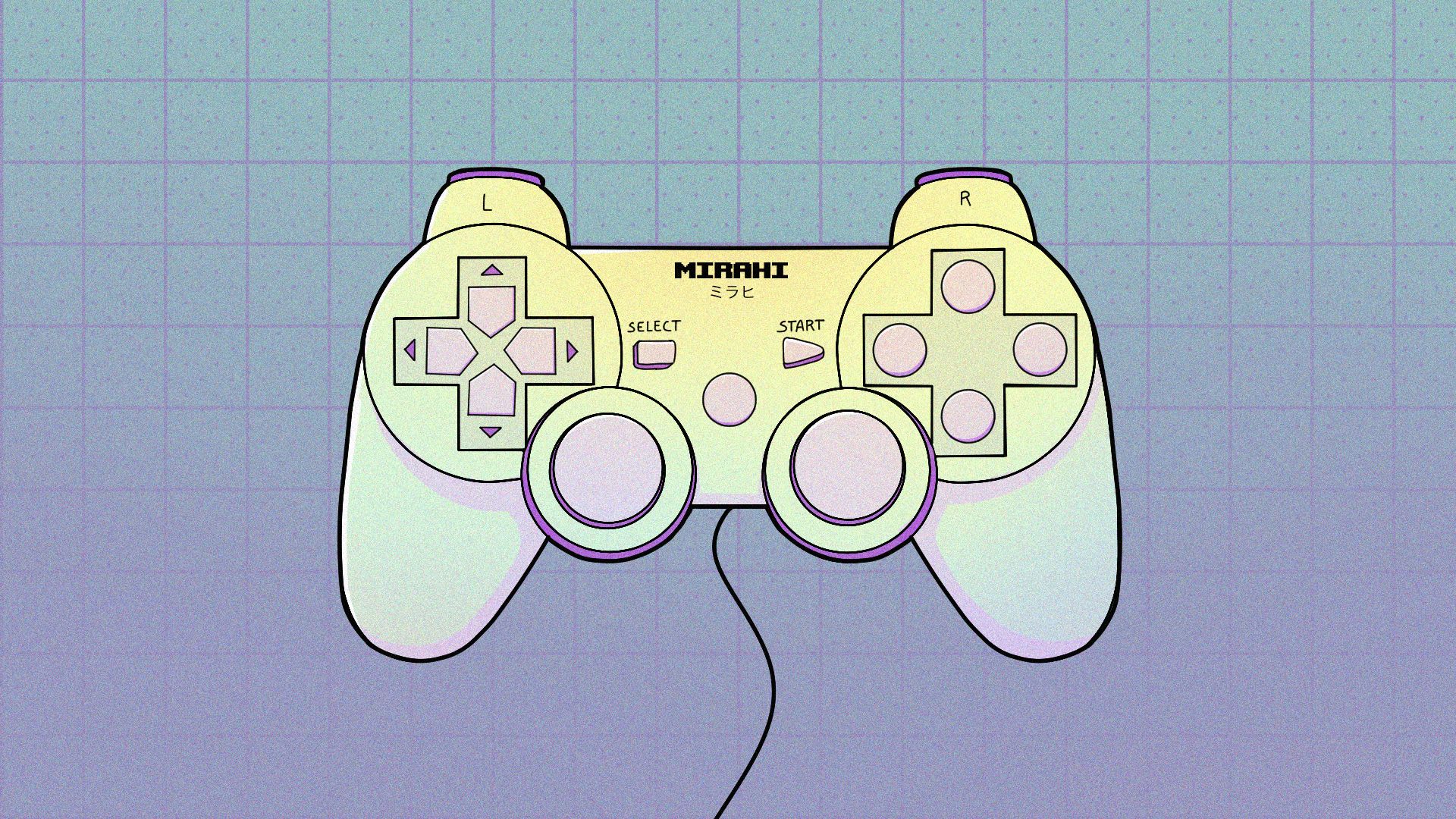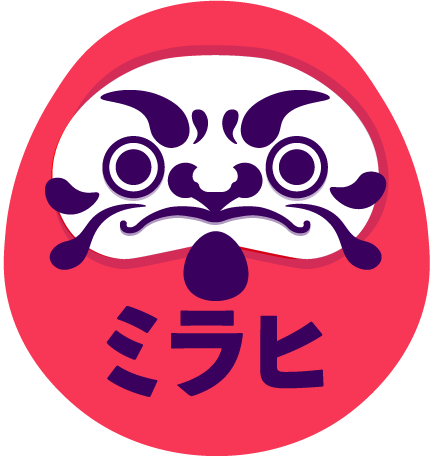Harness the Power of Emotional UX Design: Elevate Engagement and Loyalty

These days, it’s getting hard to catch a user’s attention, your UX has to be top tier and there still won’t be a guarantee. But what if we told you there's a way to take your UX design to the next level? Enter emotional UX design – a strategy that goes beyond functionality and aesthetics to create memorable, engaging, and impactful experiences.
Unlike traditional UX design, which focuses primarily on usability and efficiency, emotional UX design recognizes that emotions heavily influence user behavior and decision-making. By designing with empathy and understanding, emotional UX design aims to create experiences that resonate on a psychological level.
In this blog post, we'll explore the concept of emotional UX design, its benefits, real-world examples, and practical steps to implement it in your own projects.
Define Emotional UX Design
Emotional UX design refers to the deliberate crafting of creating designs that evoke emotions in order to create positive user experiences. It involves designing user interfaces and interactions that not only meet functional needs but also tap into users' feelings and desires. Emotional UX design aims to engage users on three cognitive levels: visceral, behavioral, and reflective.
Visceral Level: This level encompasses the immediate sensory and emotional reactions users have when interacting with a design. It involves appealing to users' senses and creating a positive first impression. Design choices such as colors, typography, layout, and visual elements can evoke emotional responses and set the tone for the overall experience.
Behavioral Level: At this level, emotional UX design focuses on facilitating intuitive and seamless interactions with the design. It involves designing user flows and interactions that feel natural, responsive, and enjoyable. Providing feedback, clear navigation, and reducing cognitive load can contribute to a positive emotional experience.
Reflective Level: This level delves into the emotions users associate with the overall experience and their reflection upon it1. Emotional UX design aims to create a lasting emotional bond with users, fostering positive associations with the product or brand. This can be achieved through storytelling, personalization, and experiences that resonate with users on a deeper level.
Emotional UX design is rooted in the understanding that emotions play a crucial role in user perception, engagement, and decision-making. By leveraging emotions effectively, designers can create experiences that are not only visually appealing and functional but also emotionally compelling.
By conducting user research and incorporating user feedback throughout the design process, designers can gain insights into users' emotions, motivations, and needs. This knowledge can inform the design decisions and help create experiences that resonate with users on an emotional level.
Benefits of Emotional UX Design
By embracing emotional UX design, you unlock a range of benefits that can elevate your business and enhance the overall user experience.
Enhanced User Satisfaction: Emotional design can increase user satisfaction by providing an engaging and memorable experience. By making a product more emotionally and visually appealing, it increases the likelihood that users will come back for more.
Increased Trust: When users feel comfortable and in control, trust naturally follows. Emotional UX design can establish a sense of trust between the user and the product or brand, leading to strengthened relationships and increased loyalty.
Improved Engagement: Emotional design has the power to captivate users' attention and create a stronger emotional connection. By tapping into users' emotions, such as joy, surprise, or delight, it can heighten engagement levels and prolong user interactions with the product.
Better Brand Perception: Emotional UX design can shape users' perception of a brand, making it more memorable and distinct in their minds. It allows brands to convey their personality and value proposition effectively, resulting in a more positive brand perception and differentiation from competitors.
Enhanced User Decision-making: Emotions play a significant role in decision-making. Emotional UX design leverages this by guiding users towards desired actions, such as making a purchase or signing up for a service. By incorporating emotional elements into the design, it can facilitate positive decision-making processes.
By focusing on emotional experiences in UX design, organizations can create products and services that not only meet functional needs but also evoke positive emotions, resulting in a more satisfying and memorable user experience.
Examples
To truly grasp the value of emotional UX design, let's explore a couple of real-world examples. Airbnb, for instance, uses emotionally-driven visuals and copy to create a sense of wanderlust, igniting users' desires to explore new places. Nike's digital platforms tap into users' ambitions, celebrating their achievements through personalized and motivational content.
These companies understand that emotional connections have the power to turn users into brand advocates.
How to Implement Emotional UX Design
Ready to infuse emotions into your UX design? Here are a few actionable steps to get you started:
- Understand the target audience: Start by gaining a deep understanding of the target users, their needs, preferences, and emotional goals. Conduct user research, interviews, and surveys to uncover their motivations and pain points.
- Use visuals and aesthetics: Visual elements such as colors, typography, and images can have a significant impact on evoking emotions. Choose colors and visuals that resonate with the desired emotional response. For example, warm colors like red and orange can evoke feelings of excitement or passion, while cool colors like blue and green can evoke a sense of calmness or trust.
- Create a cohesive experience: Ensure that all elements of the design, including the interface, interactions, and content, work harmoniously to create a coherent and emotionally engaging experience. Consistency in design elements and microinteractions can contribute to the overall emotional impact of the design.
- Incorporate storytelling: Storytelling can be a powerful tool to connect with users on an emotional level. Use narrative elements in the design to create a compelling story or evoke a specific emotion. This can be done through the use of relatable characters, scenarios, and narratives.
- Anticipate user needs and goals: By understanding the users' emotional aspirations and designing solutions that align with their goals, UX designers can create experiences that resonate deeply. This involves empathizing with the users' emotional journey and designing interactions that support their emotional well-being.
Remember, the implementation of emotional UX design should always be guided by research and iteration. Regular user testing and feedback can help refine the emotional impact of a design and ensure it resonates with the intended users.
Conclusion
Emotional UX design has emerged as a powerful way to inspire, engage, and retain users. By going beyond functionality and aesthetics, businesses can forge strong emotional connections with their audience. Don't miss out on the opportunity to create memorable experiences that leave a lasting impact. Start implementing emotional UX design today and unlock the potential for increased engagement, loyalty, and overall growth.
Ready to harness the power of emotional UX design for your business? Contact Mirahi for a free consultation and let our team of experts guide you on your journey towards creating meaningful, emotionally-driven experiences. Together, we can elevate your UX design and capture the hearts of your users. Don't wait, take action today.
Learn about Design Systems